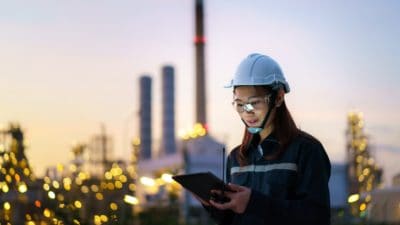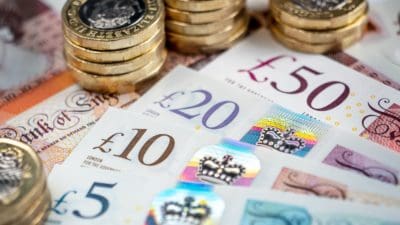Shell (LSE: RDSB) (NYSE: RDS-B.US) is a company that I think has a bright and prosperous future ahead of it. As such, I’m thinking of increasing my stake in the company, especially after shares fell by 5% following a disappointing Q3 trading update yesterday.
Indeed, despite the update highlighting that profits were below market expectations, I believe that Shell is a fantastically sound business that should overcome future economic difficulties. Moreover, I feel that Shell will outlast many (if not all) of its sector peers.
The key to this is the low levels of financial leverage currently employed by the company. Shell’s debt-to-equity ratio currently stands at just 20%, meaning that the risk of default on its debt is far lower than the ‘average’ FTSE 100 company, since (put quite simply) Shell has less debt for its size than the vast majority of UK listed companies. This reduced balance sheet risk is a key quality for long-term investors like me.
Furthermore, the low levels of debt attract me to Shell because it has the scope to borrow significant amounts of money (should it wish to) so as to fund acquisitions. Certainly, I am not suggesting that Shell should rule out organic growth in favour of ‘buying growth’ but it is in a strong position to turn to M&A should it struggle to grow on its own.
In addition, Shell should be in a favourable position should interest rates sharply rise. Although the Bank of England’s guidance says this will not happen until around 2016, an earlier move would not be a major surprise. Higher interest payments on already low debt levels should not be an issue for Shell.
In addition to a low level of debt being a hugely attractive attribute, I’m also optimistic that Shell can increase its dividend payout ratio so as to provide income-seeking investors like me with a higher yield.
Currently, Shell pays out 47% of its earnings as a dividend. To me, that seems rather mean and I think that a payout ratio of 60% – 70% is very realistic over the medium to long term. Such a level would, I believe, maintain the current balance between providing a return to shareholders and also ensuring enough capital is reinvested back into the business.







